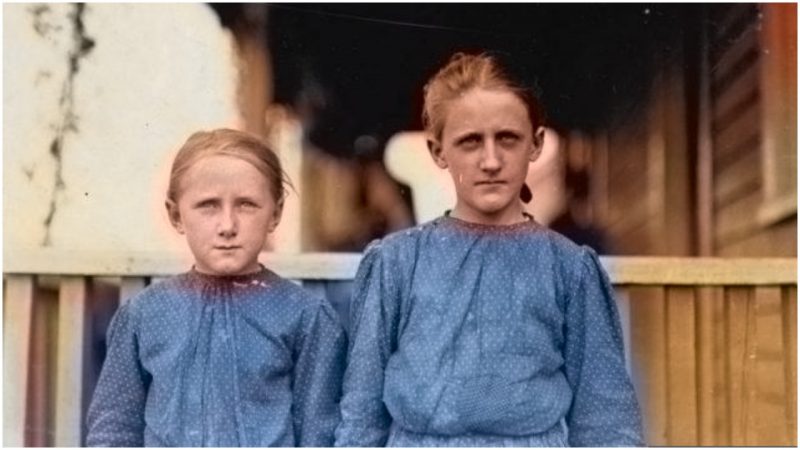Many people are lucky enough to have old pictures of their ancestors taken in the 1800s.
When portrait photography became popular in 1840, those who could afford it dressed up in their best clothes and went to the local photography studio to have a picture taken.
Single portraits, families, children, and pets were popular subjects.
One would think it would be a happy occasion, especially a wedding or getting the whole family together — but in these photographs, nobody is smiling.
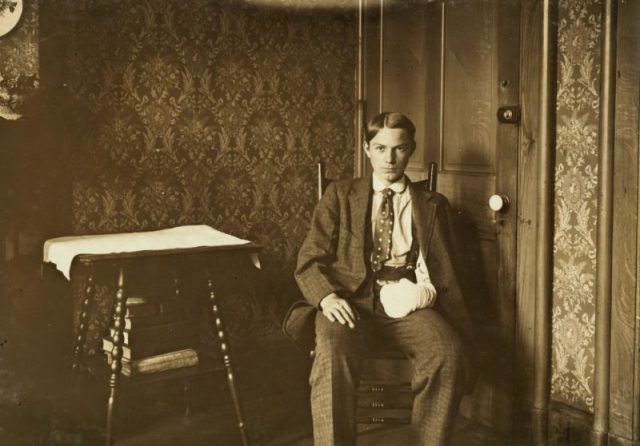
The primary reason people did not smile in old pictures is that of the exposure time.
The subject had to hold completely still for almost a minute while the picture was imprinted on the glass. It’s very difficult to “hold a smile,” as they used to say.
If anyone moved the image would turn out blurred. It was somewhat common to have everyone in the picture looking good except the blur of a baby or small child who moved or even blinked during that long minute.
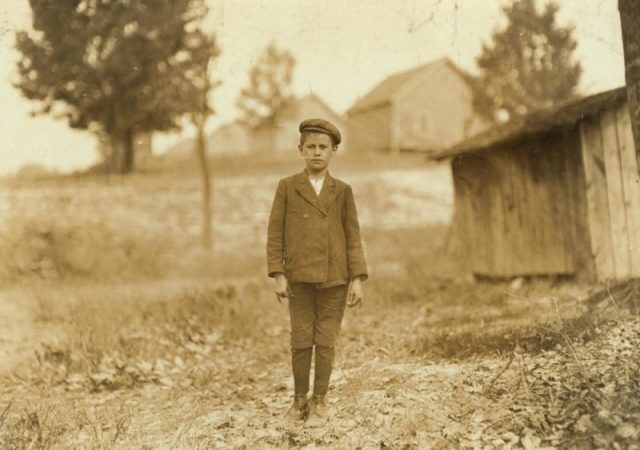
There were even stands the photographer could place behind the subjects to keep their backs straight.
Some didn’t smile, especially men, because it wasn’t considered dignified.
Others may have had bad teeth, although, among common people having nice, white teeth wasn’t as important as it is today. It was just easier not to smile.
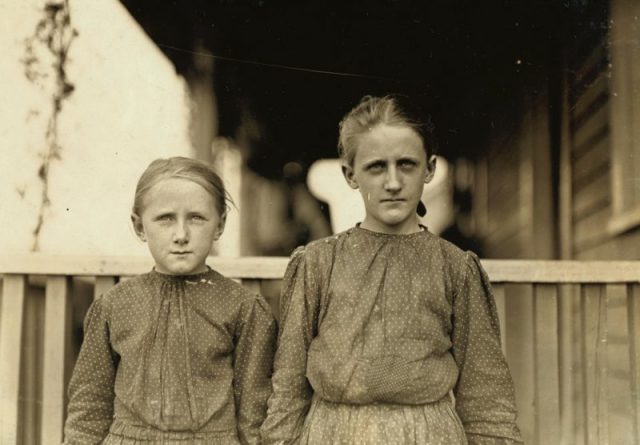
While there were several attempts through history to capture an image, all the way back to Aristotle, Louis-Jacques-Mandé Daguerre was the among first to actually do so in 1838.
He had experience with the arrangement of light and illusion with the development of his Diorama theater.
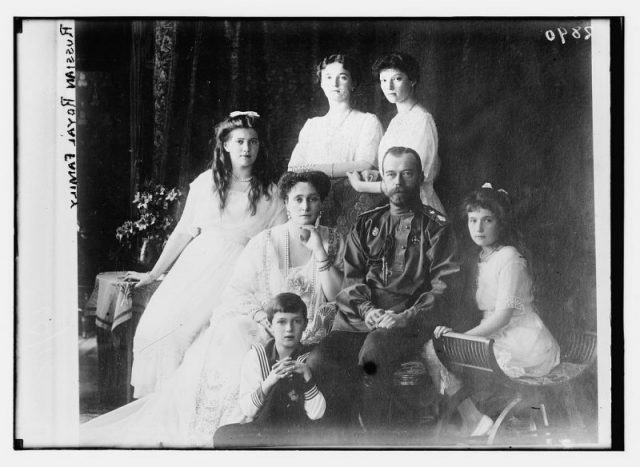
He took a basic idea from his partner, Nicéphore Niépce, who had used a silver plate and bitumen of Judea and expanded on it with silver iodide and mercury vapors.
Exposure time was about thirty minutes. Daguerre called his new invention the daguerreotype.
Photography studios began to appear in every city, and according to britannica.com, there were seventy-seven studios in New York City in 1850.
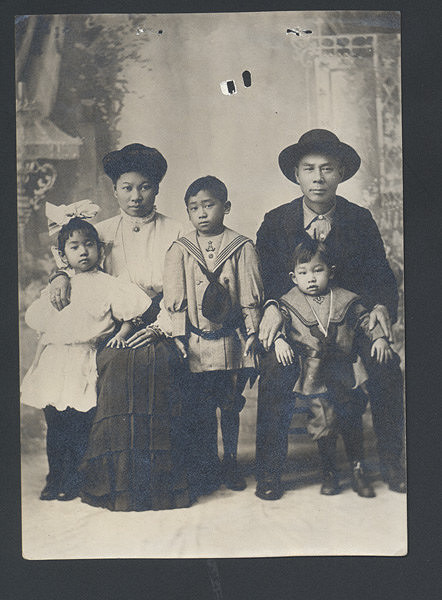
Matthew Brady made a name for himself by photographing the aftermath of battles during the Civil War in the 1860s, as well as capturing images of prominent Generals such as Ulysses S. Grant and Robert E. Lee on the field.
He also had a studio in Washington and made portraits of Abraham Lincoln and other important politicians. He was the first to bring images of war to the public.
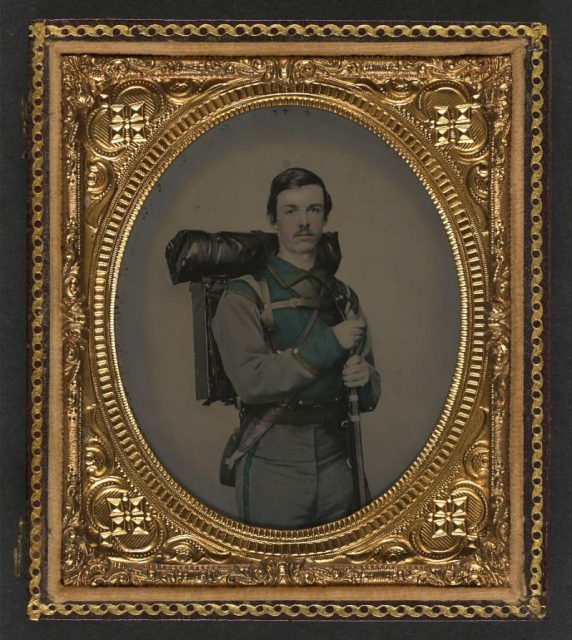
Photographer Eliphalet Brown, Jr. went to Japan with Commodore Matthew Perry of the United States Navy.
They brought back pictures of Japan and its natives, giving the Western world its first look at the far East.
In 1839 Hippolyte Bayard discovered a way to make images on paper using silver chloride and silver iodide. The exposure time for his method was anywhere from thirty minutes up to two hours.
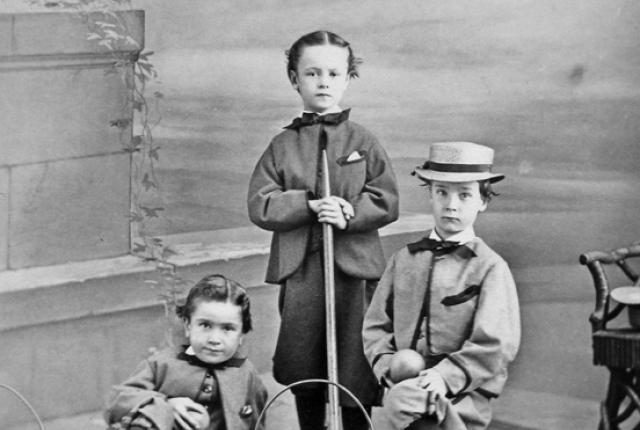
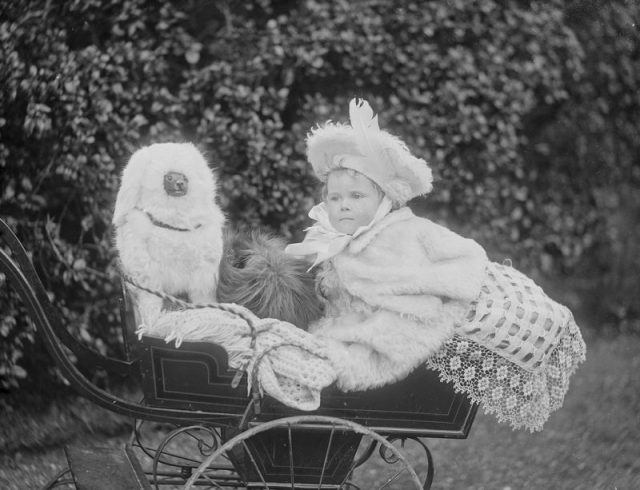
In the same year John Herschell invented the sodium hyposulfite bath, still used today, which allowed for multiple fixing of images but the image was not as clear as the daguerreotype.
Hippolyte Fizeau discovered a method to reduce exposure time. In 1841 he replaced the silver iodide with silver bromide and the exposure time was reduced to a few minutes rather than hours.
In 1847 Abel Niépce de Saint-Victor began using glass instead of paper and used egg whites to help the image stick to the glass.
In 1871 Richard Maddox and Charles Bennett began using gelatin, further reducing exposure time.
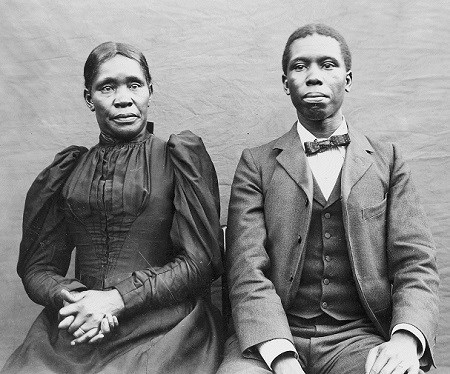
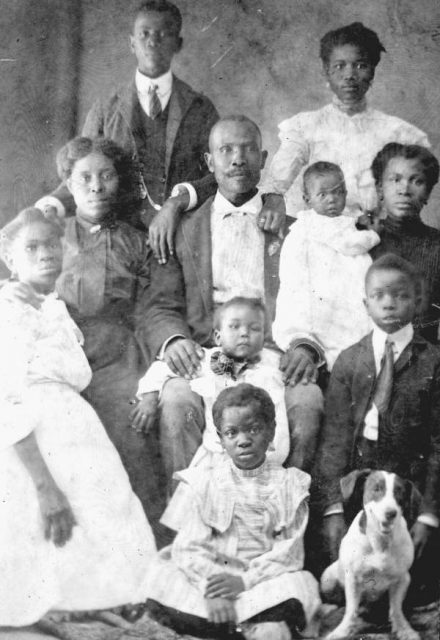
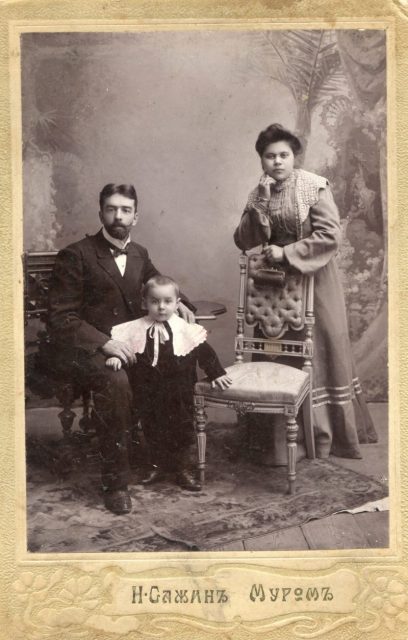
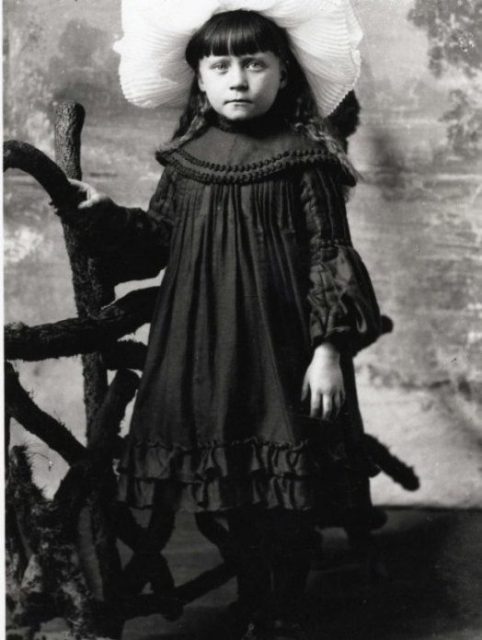
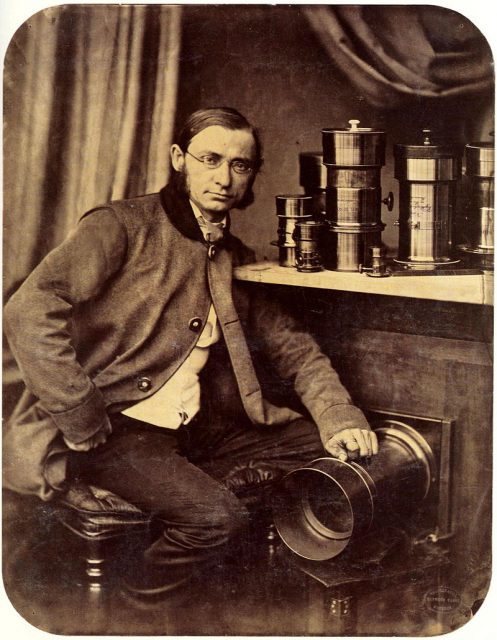
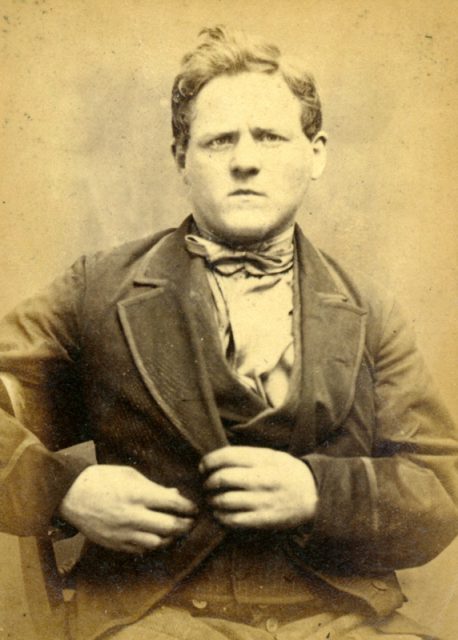
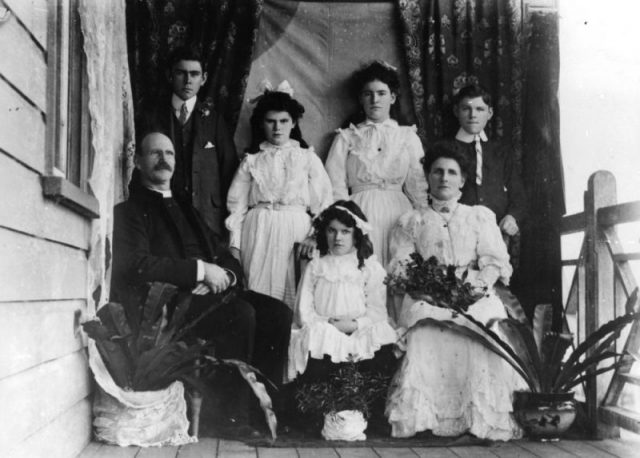
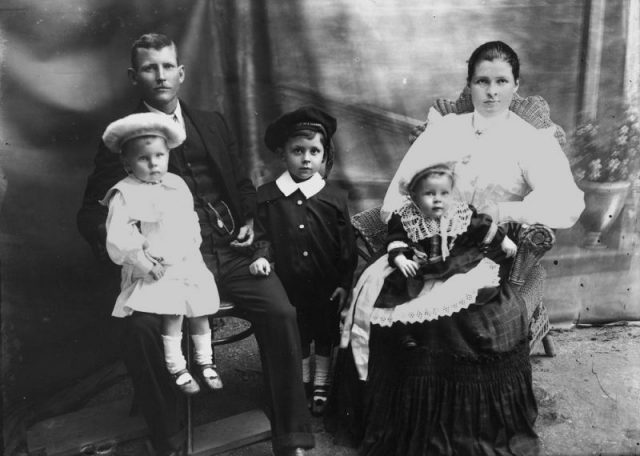
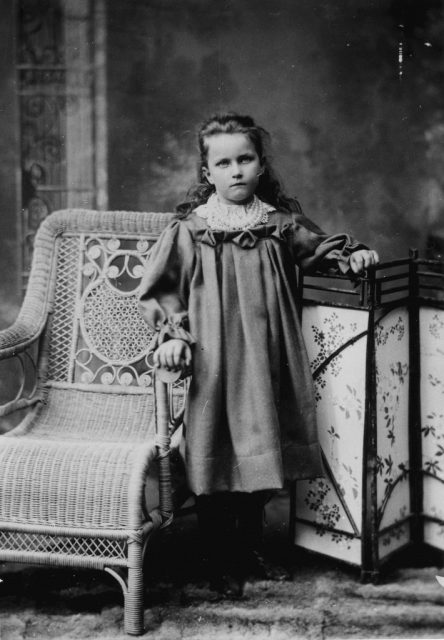
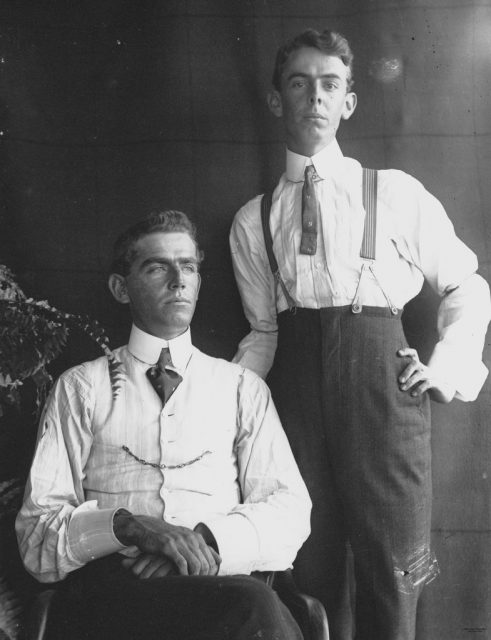
In 1888 George Eastman came up with the idea of celluloid rolls which made photography available to the masses.
Photography had become not only a way to preserve images of people but a new way to preserve the beauty of nature.
Read another story from us: The Creepiest Halloween Costumes from a Century Ago
Today, practically everyone has a camera in their pocket, and thousands of pictures are taken every day and shared with friends on the internet, usually with everyone smiling.
